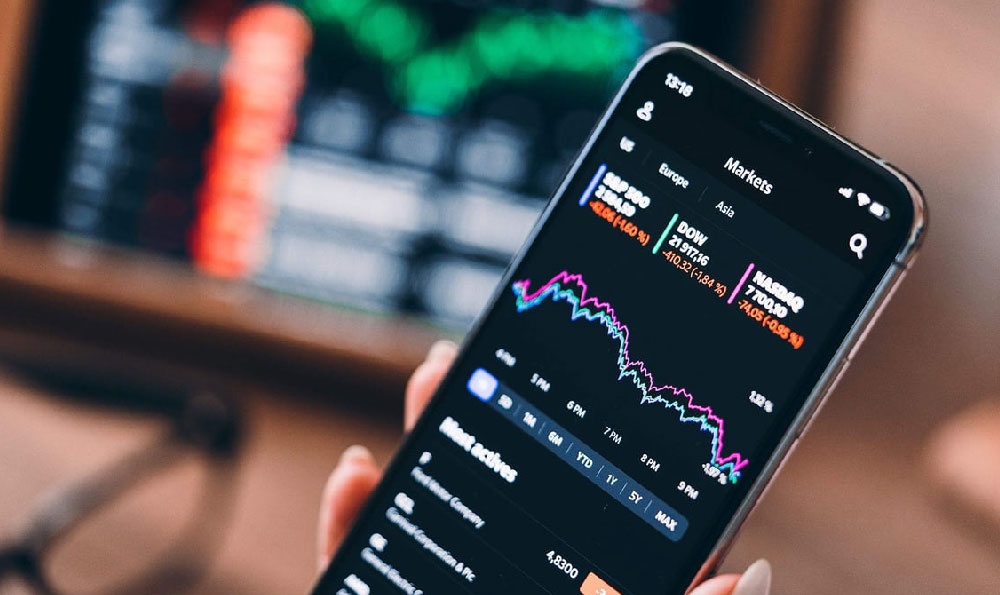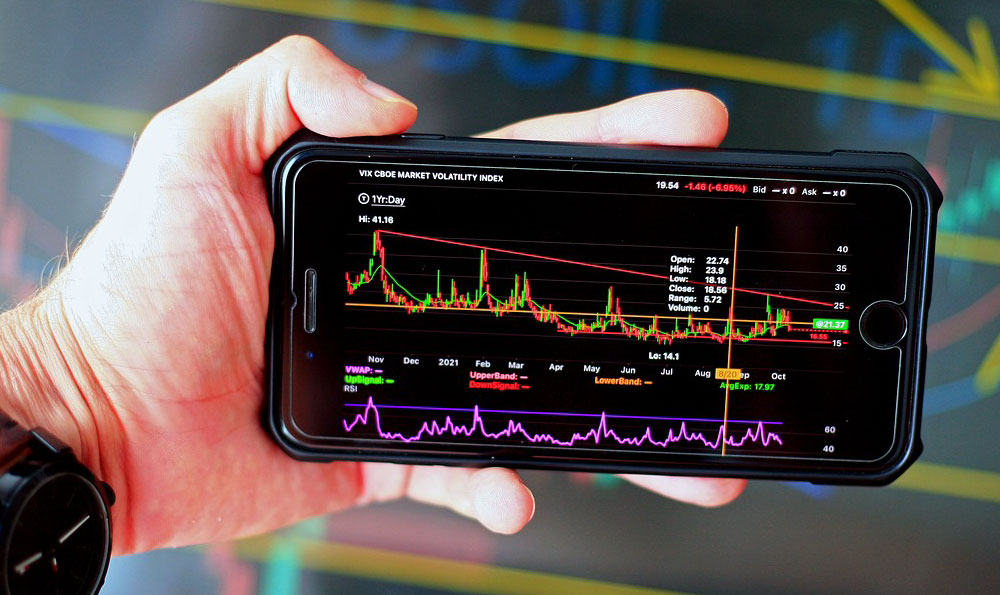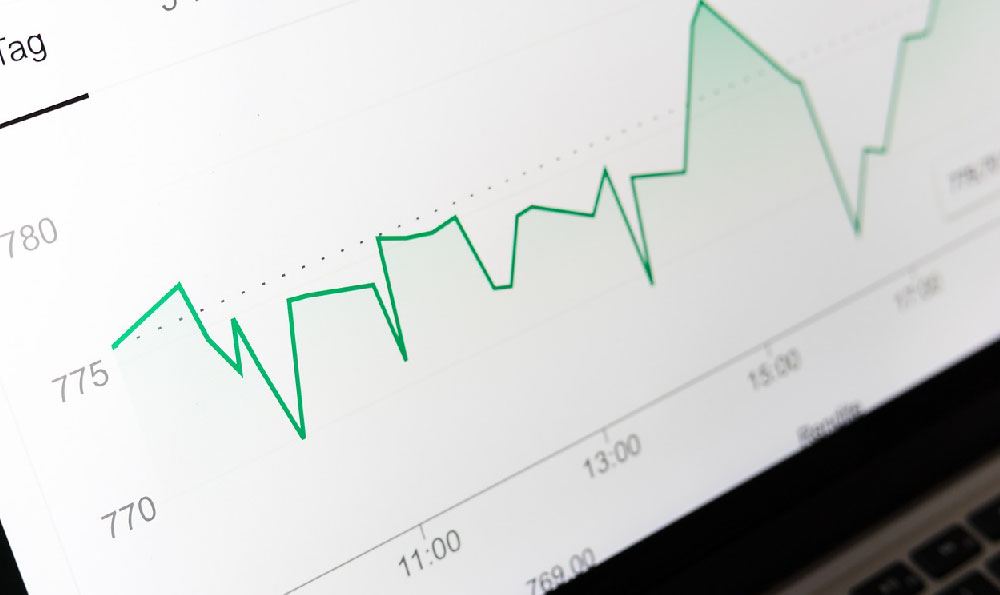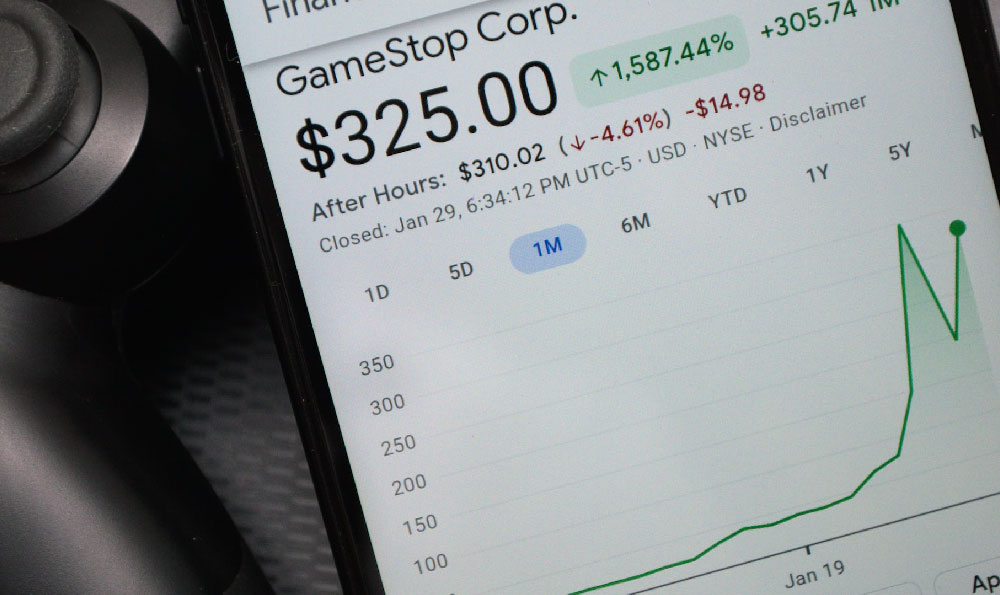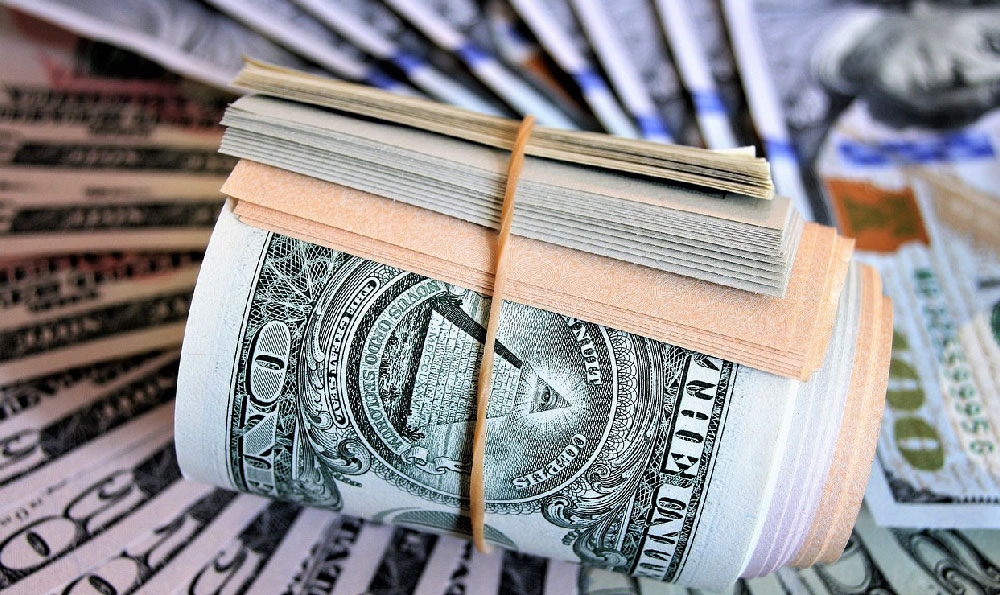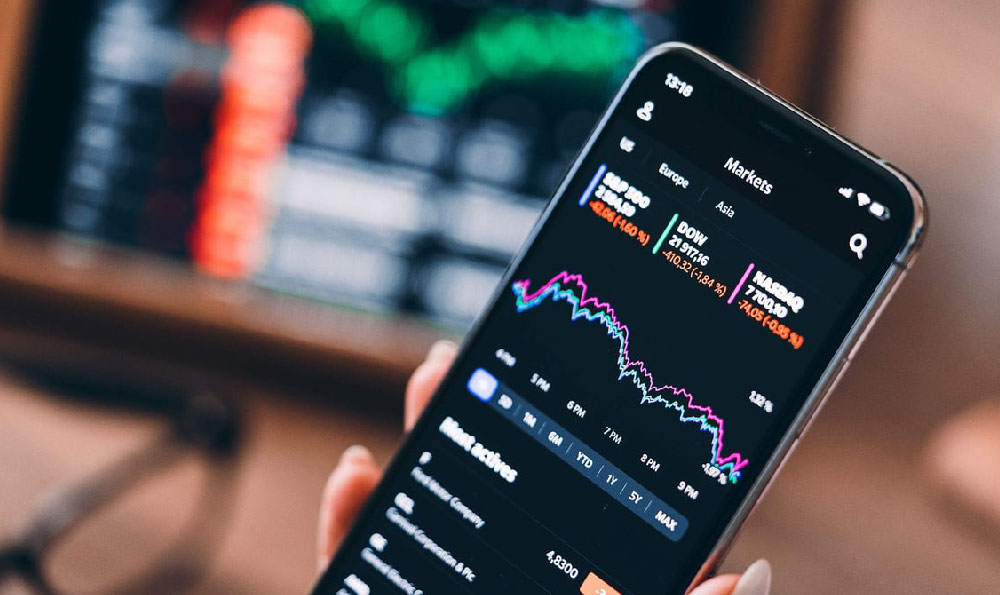The allure of gig work, particularly platforms like Uber Eats, lies in its flexibility and the promise of supplementary income. While not a guaranteed path to riches, understanding the nuances of the Uber Eats ecosystem can significantly impact your earning potential. Success in this domain requires more than just showing up; it demands strategic thinking, optimized routines, and a data-driven approach. Let's delve into the critical aspects of maximizing your Uber Eats earnings.
Firstly, the "what" to deliver extends beyond just food. While Uber Eats primarily focuses on restaurant orders, the platform has expanded to include grocery deliveries, convenience store items, and even some retail goods in select markets. Diversifying the types of deliveries you're willing to accept broadens your potential customer base and increases your chances of receiving order requests during off-peak hours for traditional meals. Check your Uber Eats driver app frequently for updates on delivery options available in your area. Accepting non-food deliveries can often fill gaps in your schedule and boost overall income.
However, the "what" also encompasses what kind of driver you are. Excellent customer service is paramount. Prompt and courteous delivery, careful handling of orders, and clear communication with customers can lead to higher tips and better ratings. High ratings translate to preferential treatment by the algorithm, potentially leading to more frequent and higher-paying delivery requests. Consider investing in insulated delivery bags to maintain food temperature and demonstrate professionalism. Small gestures, such as a friendly greeting or a quick confirmation of the order upon arrival, can significantly impact customer satisfaction.

Next, the "where" is not merely about geographic location, but also about understanding the demand dynamics within that location. Analyze your city's market. Identify areas with high restaurant density, limited parking for customers, or a large population of apartment dwellers who frequently order delivery. These are often prime zones for Uber Eats drivers. During peak hours, targeting these areas can dramatically increase your order volume. Conversely, avoid areas with heavy traffic congestion or limited restaurant options, as these can lead to delays and reduced earning potential.
The "where" also extends to when to work. Uber Eats demand fluctuates significantly throughout the day and week. Lunch and dinner rushes are typically the busiest times, offering the highest potential for earnings. Weekends, especially Friday and Saturday evenings, are often the most lucrative. However, don't neglect the potential of late-night deliveries or early-morning breakfast runs, depending on the availability of restaurants in your area. Monitor your Uber Eats driver app for surge pricing notifications, which indicate areas with high demand and offer increased per-delivery pay. Capitalizing on these surge periods can significantly boost your income. Keeping a detailed log of your earning patterns across different times and locations will help you refine your strategy and optimize your work schedule.
Furthermore, understanding Uber Eats' payment structure is essential. Familiarize yourself with the base fare, per-mile rate, and per-minute rate in your market. Consider factors like fuel costs, vehicle maintenance, and insurance when calculating your net earnings. Uber Eats offers promotions and incentives, such as quest bonuses for completing a certain number of deliveries within a specified time frame. Actively participate in these promotions to maximize your income. Be aware of how tips are calculated and delivered, and strive to provide exceptional service to increase your tip earnings.
Another crucial aspect is efficiency. Minimize idle time between deliveries. Develop a route optimization strategy to navigate traffic effectively and minimize travel distances. Efficient drivers can complete more deliveries per hour, leading to higher overall earnings. Consider using navigation apps with real-time traffic updates to avoid congestion. Plan your breaks strategically to avoid fatigue and maintain focus.
Moreover, consider the vehicle you use. A fuel-efficient car can significantly reduce your operating expenses. Regular maintenance is crucial to prevent breakdowns and costly repairs. Ensure your vehicle meets Uber Eats' requirements and is properly insured. Keeping your car clean and presentable can also enhance your professionalism and improve customer perception.
Finally, remember that the Uber Eats landscape is constantly evolving. Stay informed about platform updates, policy changes, and new features. Engage with other drivers in online forums or communities to share tips and strategies. Continuously analyze your performance data and adapt your approach to maximize your earning potential. Don't be afraid to experiment with different delivery strategies and optimize your workflow based on your own experiences. Consider tracking your mileage and other expenses for tax purposes, as you may be able to deduct these expenses from your income.
In conclusion, earning well with Uber Eats requires a combination of strategic planning, efficient execution, and a commitment to excellent customer service. By understanding the dynamics of your local market, optimizing your schedule, and continuously adapting your approach, you can increase your earning potential and achieve your financial goals within the gig economy. The "what" and the "where" are not just about the deliveries themselves, but about what kind of driver you choose to be and where you choose to focus your efforts within the larger framework of the Uber Eats platform. Success requires a proactive and data-driven mindset, treating Uber Eats not just as a casual side hustle, but as a micro-business demanding careful management.


